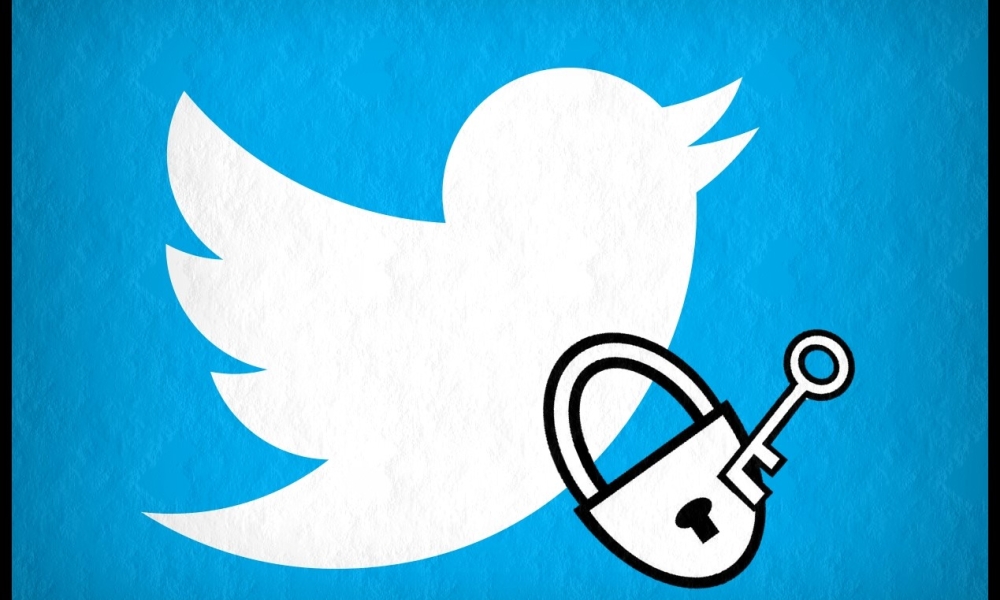This study looks into the dynamic diffusion processes of political misinformation focusing on three components: the temporal pattern. content mutation, and sources of misinformation. It traces the lifecycle of 17 popular political rumours that circulated on Twitter for over 13 months during the 2012 US presidential election.
Highlights:
- The study found that most false rumours repeated periodically , while true rumours did not. The findings also observed a resurgence in these rumours around Election Day which stopped abruptly after Election Day. This suggests that political misinformation campaigns could be a reflection of campaign tactics.
- The findings explain that rumourmongers spread false not true rumours because false news is determined by partisanship, not external validation. It helps in creating group solidarity across partisan networks more than true rumours.
- Old rumours tend to come back often with slight new additions to the old rumour as an attempt to make the story more attractive and gain new audience along with the old one.
- Using the cosine text similarity measure, the quantitative text analysis confirmed that a rumour goes through many changes in its lifecycle. It was also found that rumour storylines tend to become exaggerated and aggressive over time.
- The study also observed that rumours were adapted to piggyback on the important issue of the moment such as the inclusion of a trending hashtag.
- False rumours are mostly driven by non-traditional news websites which indicates a group of "rumour entrepreneurs" who manufacture and disseminate such rumours.
- The repetition of a rumour makes it seem more credible and creates the "illusory truth effect" making it harder to debunk misinformation.
- The study suggests that fact-checking organisations should focus on the lifecycle of a false rumour rather than a mere snapshot. They should repeat their debunking process when old debunked rumours re-emerge in new forms.

